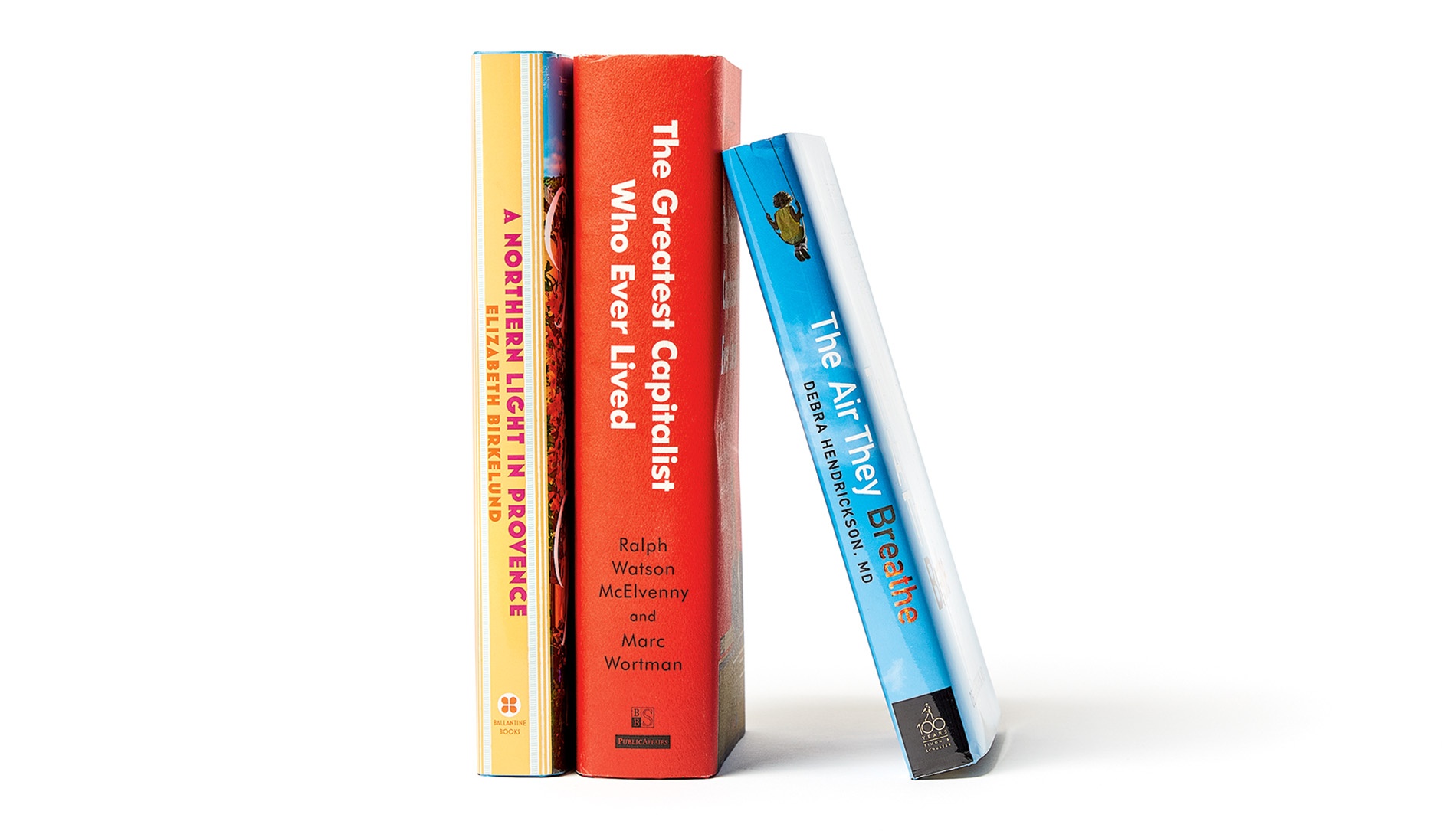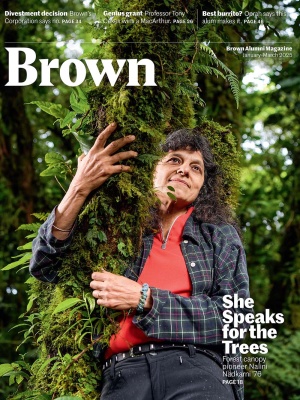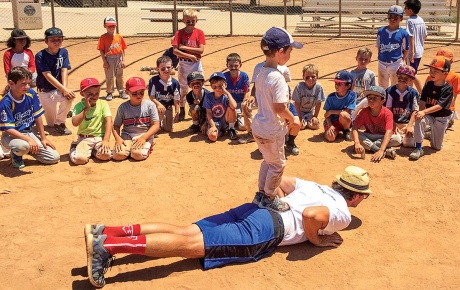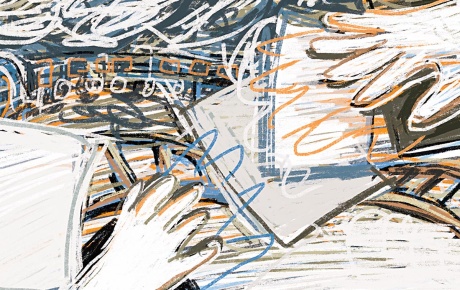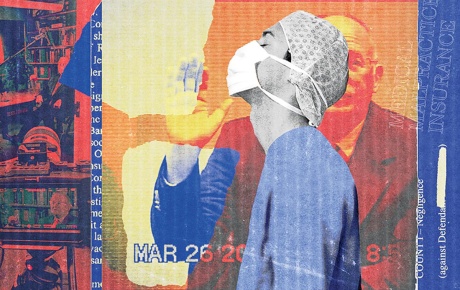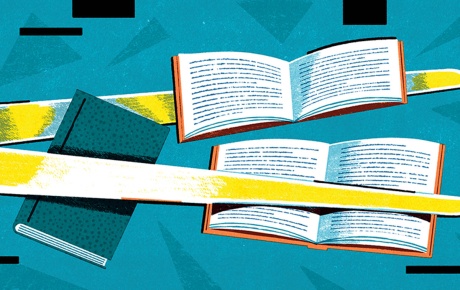A Northern Light in Provence by Elizabeth Birkelund ’82 (Ballentine)
Birkelund’s appealing third novel, following The Runaway Wife and The Dressmaker, takes us first to the west coast of Greenland, where we meet translator Ilse Lund, who at 35 has never left the island. Lund is given the task of translating the French poet Geoffrey Labaye, who is considered a national treasure, and she eventually makes her way to his home in Provence. There she falls in love with French culture, and it becomes clear that some things are not so easily translated. Soon enough Labaye’s engineer son makes his appearance and the novel takes a turn.
The Greatest Capitalist Who Ever Lived: Tom Watson Jr. and the Epic Story of How IBM Created the Digital Age by Ralph Watson McElvenny ’91 and Mark Wortman ’79 (Public Affairs)
While the title might raise eyebrows, it’s a Fortune magazine quote, and this biography of 1937 Brown grad and Watson Institute namesake Tom Watson Jr. is an intriguing read, layered with corporate, family, and succession drama. Watson flew for the Army in World War II and went to work at IBM, then run by Thomas Sr., his domineering father, in 1946. By 1952 he was running the company and IBM owned a massive share of the computer business. In 1964 Watson took a risk with the introduction of IBM 360, which allowed companies to run IBM computers of different sizes with the same software. His big bet led to a personal computing boom and eventually the constellations of PCs and servers that compose the internet.
The Air They Breathe: A Pediatrician on the Frontlines of Climate Change by Debra Hendrickson ’83 (Simon & Schuster)
“The climate crisis is a health crisis,” Hendrickson writes, “and it is a health crisis, first and foremost, for children.” Hendrickson is a pediatrician in Reno, Nevada, and in a narrative shot through with telling anecdotes from her practice, she highlights the not always recognized effects—ranging from heatstroke to a steep rise in tick bites to lungs inflamed by wildfire particulates—that climate change has on children. The solutions here can feel incremental, but Hendrickson does an admirable, wide-angle job at underscoring yet another facet of the climate crisis.
Alumni Nonfiction
The Containment: Detroit, The Supreme Court, and the Battle for Racial Justice in the North by Michelle Adams ’85 (Farrar, Straus and Giroux)
Light: The Visible Spectrum and Beyond by Kimberly Arcand ’14 (Black Dog & Leventhal)
How to QuantCrit by Wendy Castillo ’11 and Kamden K. Strunk (Routledge)
The Shift Effect: How Small Shifts Improve Leader Performance by Tom Finn ’78 (Kells Castle Press)
Kazuo Ishiguro Against World Literature by Chris Holmes ’00 MAT, ’12 PhD (Bloomsbury Press)
Drawing Codes: Experimental Protocols of Architectural Representation by Andrew Kudluss and Adam Marcus ’02 (Applied Research & Design)
Treekeepers: The Race for a Forested Future by Lauren E. Oakes ’03 (Basic Books)
Body Image Inside Out: A Revolutionary Approach to Body Image by Deb Schachter and Whitney Otto ’95 (Sheldon Press)
Creature Needs: Writers Respond to the Science of Animal Conservation by Christopher Kondrich, Lucy Spelman ’85, and Susan Tacent (Univ. of Minnesota)
Reshaping Health Systems: What Drives Health Care and How You Can Change It by Joshua M. Liao, Jonathan A. Staloff ’14, ’19 ScM, ’19 MD, and Jospeh H. Joo (Wolters Kluwer)
What Might Be: Confronting Racism to Transform Our Institutions by Susan Sturm ’76 (Princeton)
Children’s
Nose to Nose by Thyra Heder ’06 (Harry N. Abrams)
Alumni Poetry
The Eating Knife by Ayelet Amittay ’04 (Fernwood Press)
Faculty
Lincoln's Peace: The Struggle to End the American Civil War by Michael Vorenberg (Knopf)

